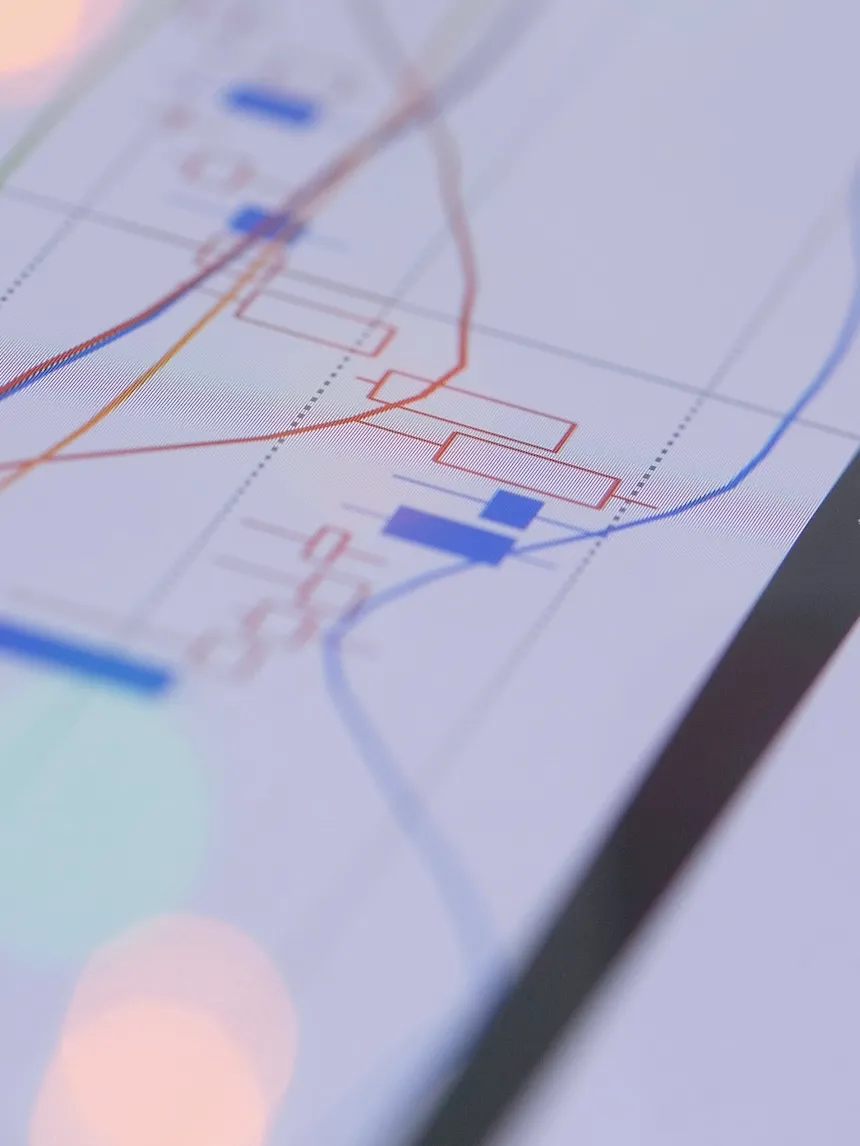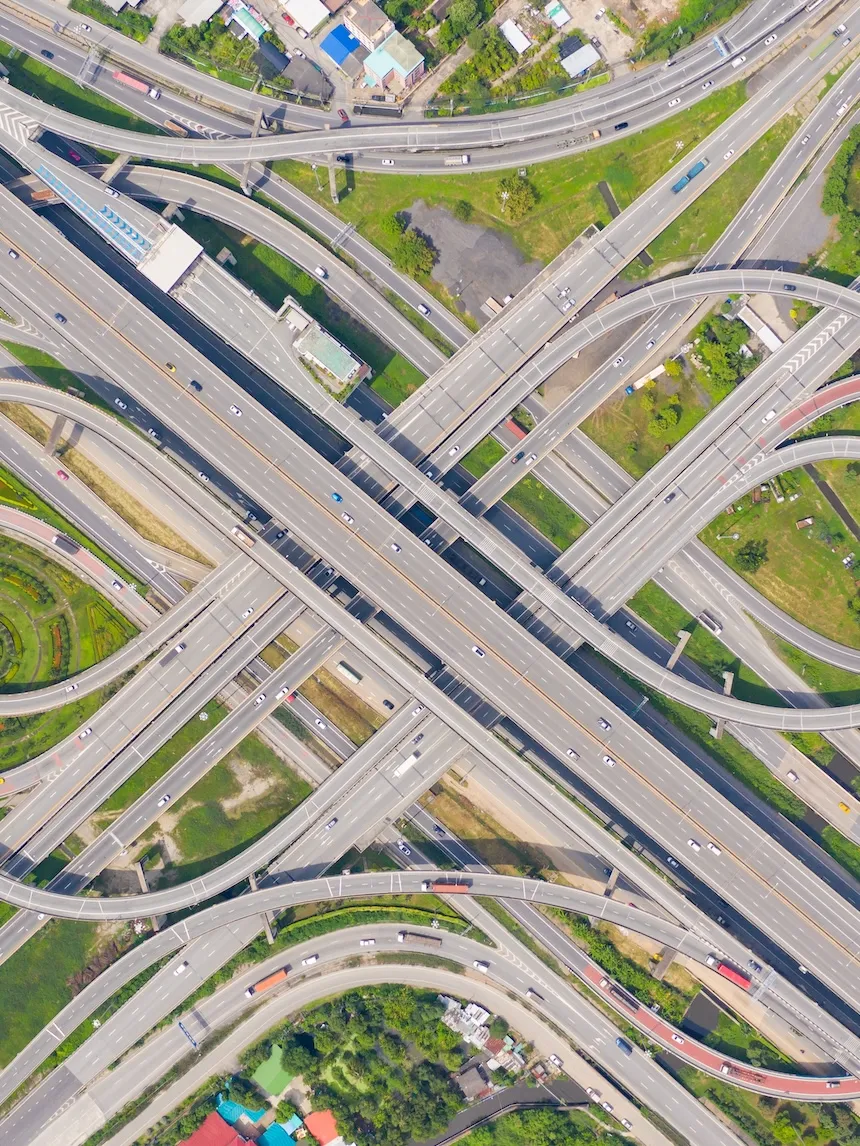Co-Founder Taliferro
Unlock Retail Riches with GIS Market Insights!
Leveraging every advantage is key to staying ahead. Geographic Information Systems (GIS) provide a critical edge, offering retailers a powerful tool for market analysis and strategic decision-making. Taliferro Group harnesses GIS technology to give businesses data-driven insights into store placement, customer demographics, and market trends. This article delves into how GIS-based market analysis can transform retail strategies through hypothetical examples and practical applications.
Unlocking the Power of GIS in Retail
GIS integrates geographical data with market intelligence, enabling retailers to examine the spatial relationships between consumer behaviors, competitor locations, and other critical market factors. This multidimensional analysis helps uncover patterns and opportunities that might not be apparent through traditional data analysis methods, guiding more informed business decisions.
Strategic Store Location Selection
Choosing where to open a new store is a decision fraught with complexity. GIS allows for the analysis of key factors such as demographic trends, spending patterns, and competitor proximity.
Imagine a boutique fitness chain exploring expansion in a bustling metropolitan area. By employing GIS, Taliferro Group could overlay demographic data indicating high concentrations of the chain's target market with areas of low competitor density. This strategic analysis might identify a thriving downtown neighborhood lacking in boutique fitness options, presenting an optimal location for the new studio.


Optimizing the Store Network
GIS doesn't just aid in expansion; it's also a tool for refining an existing network of locations by evaluating store performance and market saturation.
Consider a chain of coffee shops experiencing diminished returns in a densely populated city. A GIS analysis could reveal that several shops are located too closely, cannibalizing sales from each other. Taliferro Group might suggest closing or relocating the least performing shops to areas with less saturation and higher demand, thereby enhancing the overall network's profitability.
Customizing Offerings and Marketing
Local market dynamics vary greatly, and GIS can pinpoint specific needs and preferences, allowing retailers to adapt their product lines and marketing strategies accordingly.
A health food store chain is looking to tailor its inventory to better suit the local clientele of each store. GIS mapping of local demographics could reveal that certain neighborhoods have a higher demand for vegan products. Taliferro Group's analysis might recommend expanding the vegan range in these specific stores, coupled with targeted marketing campaigns to attract the vegan community, potentially boosting sales and customer engagement.
Improving In-store Experience with GIS
Beyond market analysis, GIS can enhance the physical shopping experience, influencing everything from store layout to product placement.
A large department store seeking to optimize its layout for better customer flow might use GIS to analyze foot traffic patterns. The insights gained could lead to a reconfiguration of aisles and key displays, facilitating a more intuitive and pleasant shopping journey that encourages longer visits and increased purchases.
What is GIS-based market analysis?
GIS-based market analysis involves using Geographic Information Systems (GIS) to collect, visualize, and interpret geographical and demographic data. This approach helps retailers understand market dynamics, customer behavior, and competitive landscapes to make informed decisions about store locations, marketing strategies, and product offerings.
How can GIS technology help in selecting new store locations?
GIS technology enables retailers to analyze a multitude of factors that influence the success of a store location. This includes demographic trends, consumer spending habits, traffic patterns, and proximity to competitors. By overlaying this data on a map, retailers can identify areas with high potential for success and low market saturation.
Can GIS be used to optimize an existing network of stores?
Yes, GIS can analyze the performance of existing stores to identify underperforming locations or areas where stores may be cannibalizing each other's sales. This analysis can guide decisions to close, relocate, or remodel stores to optimize the retail network and improve overall profitability.
How does GIS assist in tailoring product offerings and marketing strategies?
By analyzing localized demographic and consumer behavior data, GIS helps retailers understand the specific needs and preferences of the customer base in different areas. This information can be used to customize product assortments and design targeted marketing campaigns, enhancing customer engagement and sales.
What are some examples of how GIS can improve the in-store customer experience?
GIS can analyze in-store traffic patterns and product placement efficiency, providing insights that help retailers improve store layouts and signage. This can make it easier for customers to find products, navigate stores, and enjoy a more satisfying shopping experience.
Are there any challenges in implementing GIS-based market analysis?
While GIS offers powerful insights, its implementation can be complex, requiring expertise in data analysis and interpretation. Retailers must also ensure they have access to accurate and up-to-date geographical and market data to inform their GIS analyses.
How does Taliferro Group support retailers with GIS-based market analysis?
Taliferro Group offers expertise in GIS technology, providing retailers with comprehensive market analysis services. From identifying new store locations to optimizing product offerings and enhancing customer experiences, Taliferro Group uses GIS to deliver actionable insights that drive retail success.
Can small retailers benefit from GIS technology, or is it only for large chains?
GIS technology is scalable and can benefit retailers of all sizes. Small retailers can use GIS to make informed decisions about store locations and understand their local market, while large chains can leverage GIS for more complex analyses across multiple locations.
How often should retailers conduct GIS-based market analysis?
Market dynamics and consumer behaviors are constantly changing, so it's beneficial for retailers to conduct GIS-based market analysis regularly. This could mean annually or bi-annually, depending on the retailer's size, market volatility, and expansion plans.
Where can I learn more about implementing GIS-based market analysis for my retail business?
For more information on implementing GIS-based market analysis, you can contact Taliferro Group directly. Our team of experts is ready to help you leverage GIS technology to achieve your retail business goals and drive success.
Conclusion
GIS-based market analysis offers retailers a nuanced understanding of their operating environment, guiding strategic decisions from location selection to product assortment. In the hypothetical scenarios outlined, Taliferro Group's application of GIS technology highlights its potential to drive retail success by providing insights that are both deep and actionable. As the retail sector continues to evolve, the adoption of GIS in strategic planning will be instrumental for businesses aiming to capture market share and deliver exceptional customer experiences. With Taliferro Group's expertise, retailers have the tools to not only navigate the complexities of today's market but to thrive within it, leveraging GIS technology to uncover new opportunities and refine their strategies for maximum impact.
Tyrone Showers
